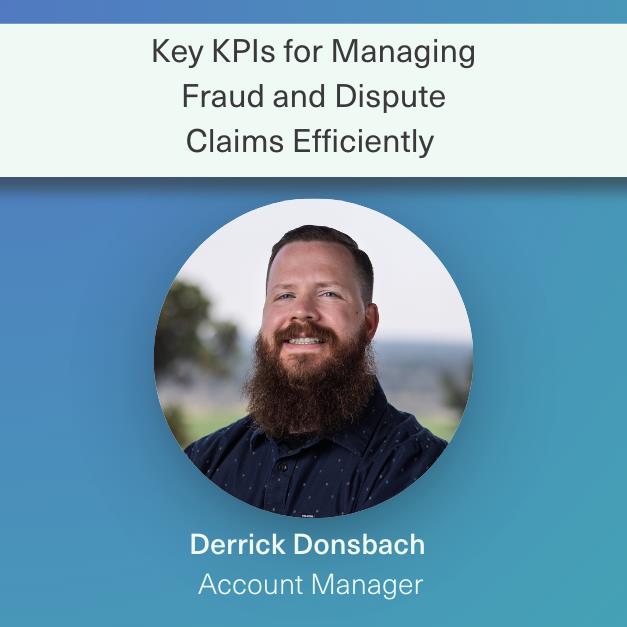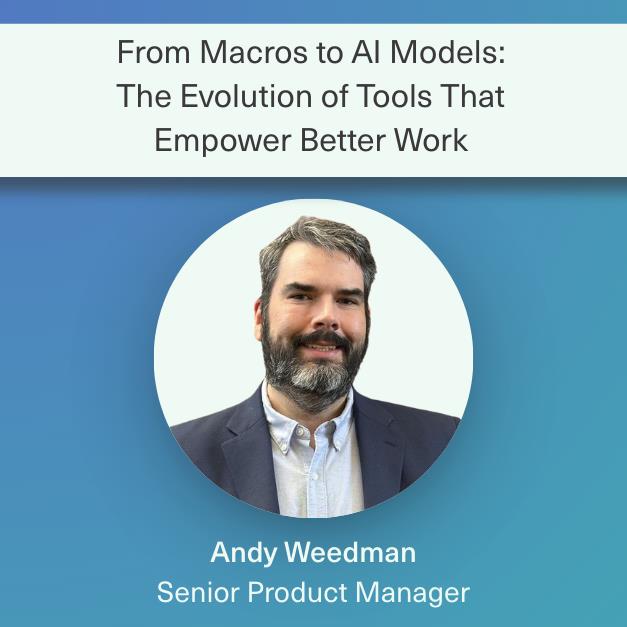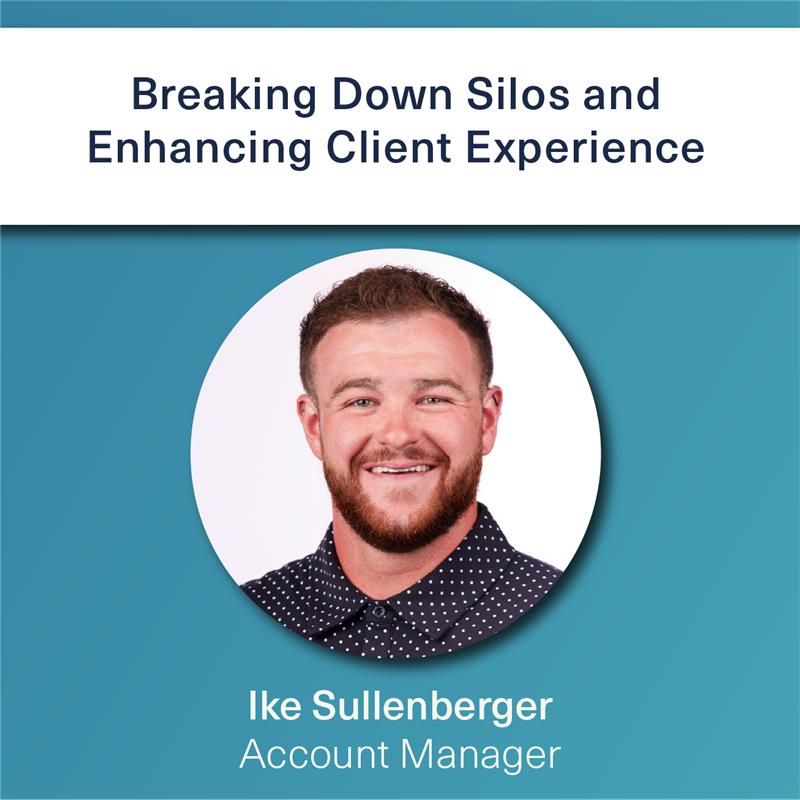When product leaders evaluate build or buy decisions, they focus on product differentiation, core functionality, speed, cost, and ownership. An often neglected consideration is how build vs buy decisions directly influence the buildup of technical debt, which can significantly impact product development and strategy.
Technical debt is not just an engineering problem. It impacts roadmap speed, product delivery, and product innovation. Ignoring technical debt early in the decision process leads to problems down the road. The tricky part is that when you’re making build vs. buy decisions, it’s easy to ignore the long-term implications of technical debt. However, what seems manageable today becomes a bottleneck in the future.
Technical Debt Is More Than Code
Technical debt is more than spaghetti code or bad architecture. It also includes dealing with outdated or deprecated libraries, limited or no documentation, fragile integrations, and siloed knowledge. It’s easy for this kind of debt to grow behind the scenes, especially when the team is moving quickly and focused on shipping new features.
As product leaders, we influence the decisions that either create debt or limit it. The build vs. buy decision is a great example. The decision impacts everything that your team does downstream.
Building Gives Control but Adds Responsibility
When you build in-house, your team can customize and tightly integrate with your product. This makes sense when the functionality is core to your competitive advantage. Once developed, you will own it forever. Your team handles all the maintenance, updates, support, etc. If you neglect maintenance, costs can spiral out of control and impact your overall budget and time available for other initiatives.
It’s easy for this kind of debt to pile up, especially when the team is moving quickly and focused on shipping new features. The pressure to deliver leads to well-intentioned shortcuts; you assume you will clean things up later, but that rarely happens.
Buying Can Help, but it Comes with Tradeoffs
Buying a solution can increase delivery speed, especially in common use cases. However, buying does not eliminate technical debt; it just changes the type of debt your team needs to deal with.
You might encounter versioning or compatibility issues, introduce security risks, lack of support, reduced functionality over time, or find that the documentation is not sufficient. Ultimately, you have limited control. If you’ve made a lot of custom changes, keeping things up to date becomes increasingly difficult and time-consuming. It also makes it harder to adapt as your product changes. You might not be writing all the code, but you’re still responsible for managing vendor dependencies and ensuring everything continues to work. This is a different kind of risk, not less risk.
How Product Teams Can Lead the Evaluation of Build vs. Buy Decisions
There are a few ways product teams can be mindful of the long-term impact when making build vs. buy decisions:
- Early communication and collaboration with engineering to assess how maintainable it will be over time.
- Make technical debt a part of the evaluation, not an afterthought.
- Be clear about who will own maintenance going forward.
- Ensure the decision plays to your team’s strengths and supports product goals.
Technical debt is not inherently bad. The key is not to avoid addressing it entirely, but to be intentional and have a plan for managing it going forward.
Key Questions to Help Frame the Tradeoff
When I’m evaluating build vs. buy, I like to anchor the conversation with a few key questions:
- Is the functionality core to the product or a competitive differentiator?
- Do we have the right skills in-house to develop and maintain?
- What are the long-term costs of building vs. buying?
- What is the time-to-market building vs. buying?
- If we buy, how well will the product adapt as our needs evolve?
These questions help shift the focus from short-term impact to long-term sustainability. It’s an easy way to identify potential debt early and keep the team focused on what matters.
Why It Should Be a Product Conversation
Build vs. buy isn’t just a technical or budget decision; it’s a strategic one. These decisions shape the product’s direction and the team’s ability to deliver. As product leaders, we need to surface the long-term impact of these choices, including the trade-offs and debt we’re signing up for. It’s our responsibility to ensure that these decisions are intentional and aligned with our strategic goals.






